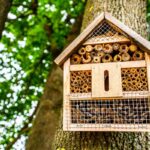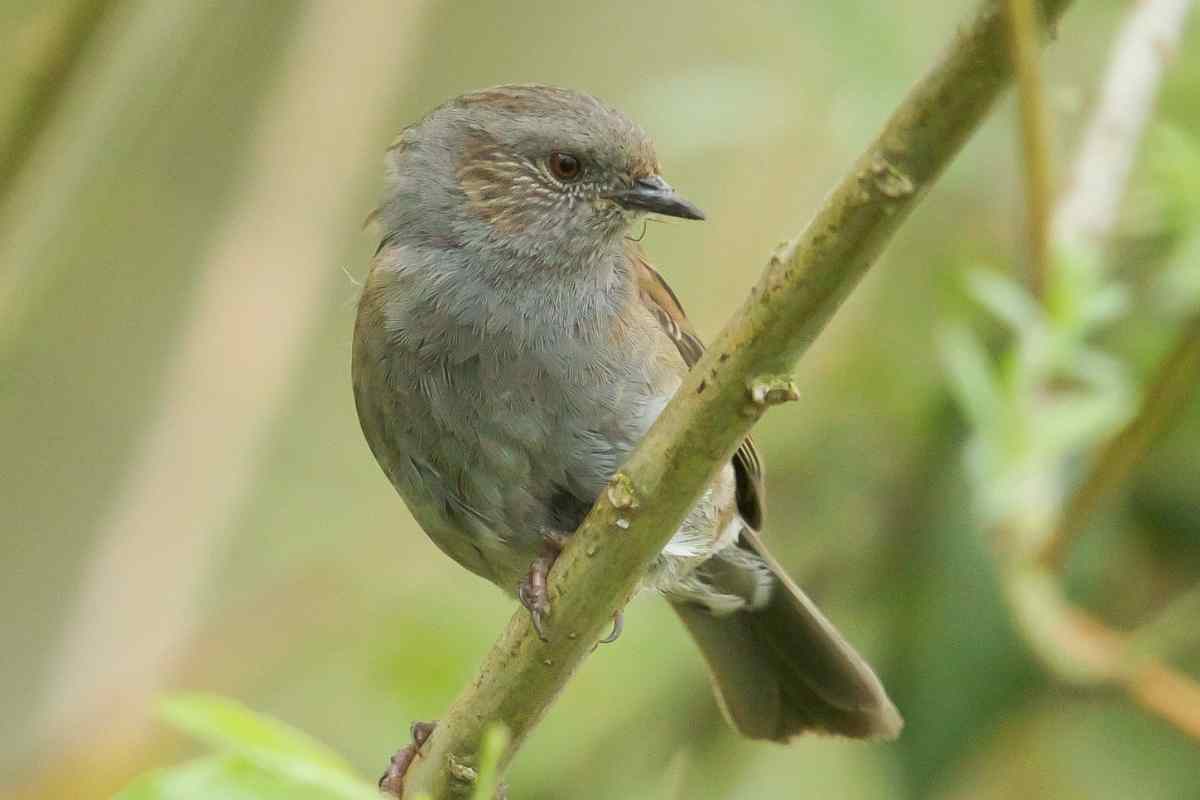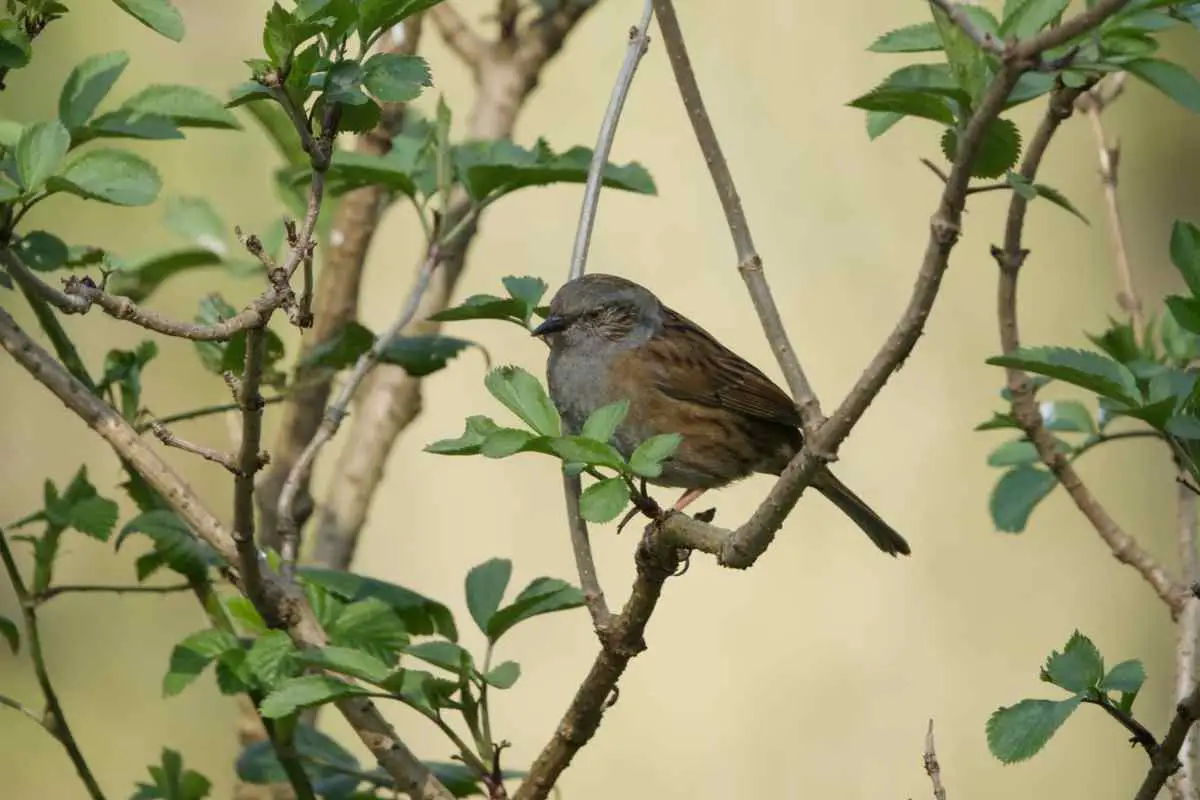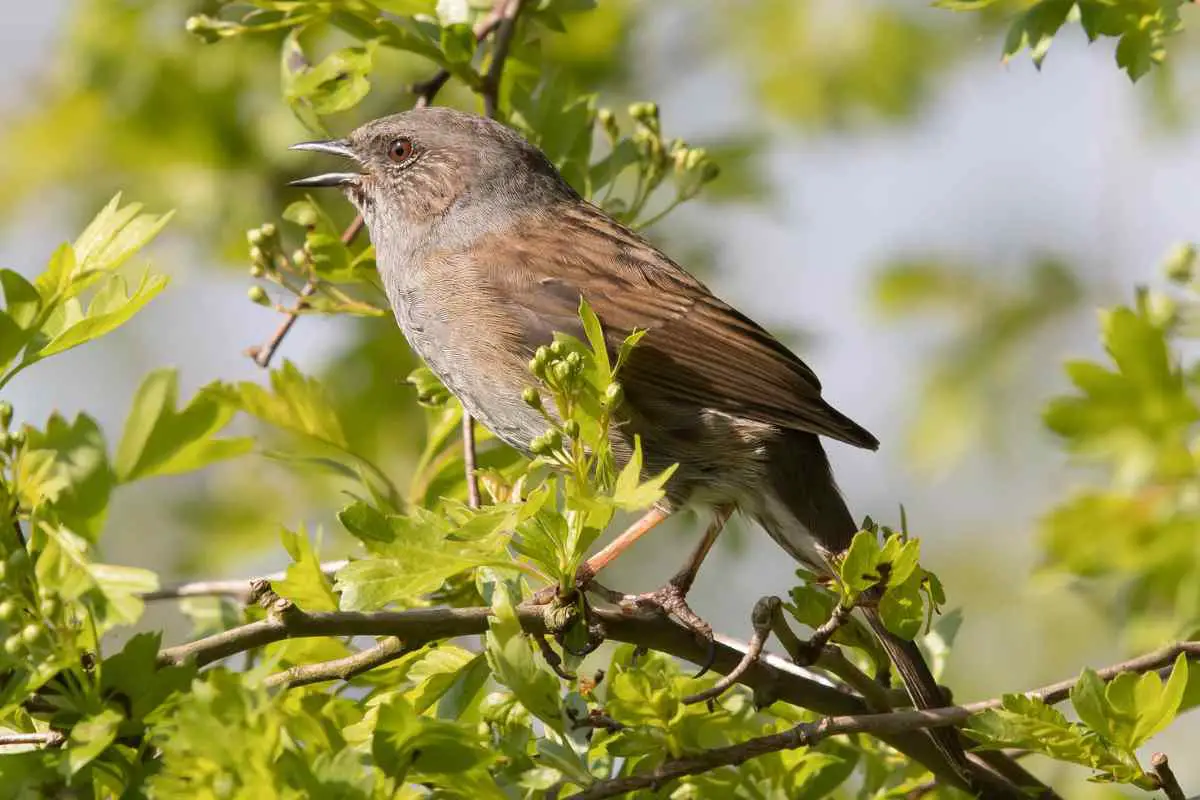Butterflies provide movement and beauty to a sunny garden while also acting as pollinators. Butterflies have an impact on the entire ecosystem. Planting a mix of native and cultivated plant species in your garden to attract butterflies helps retain plant diversity and attract other beneficial insects such as native bees and birds.
Read on to discover more about the benefits of butterflies in the garden.
Table of Contents
Benefits of Having Butterflies in Your Garden
Butterflies are among the most aesthetically pleasing organisms on the earth. Planting a butterfly garden attracts butterflies for your family to enjoy.
A butterfly garden filled with various native flora that local butterflies require may also provide substantial environmental advantages such as pollination and pest control.
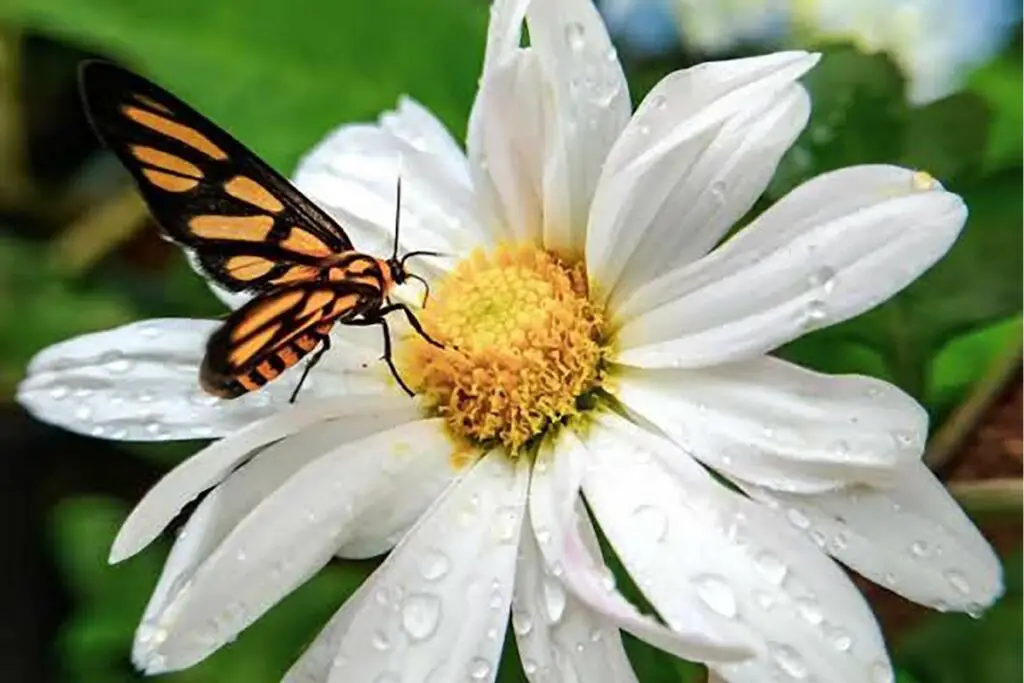
How Are Butterflies Good For The Garden?
Planting a mix of native and cultivated plant species in the garden to attract butterflies helps to retain plant diversity and attract other beneficial insects such as native bees and ladybugs.
Are Butterflies Good Pollinators?
Butterflies play a crucial pollination role. Around one-third of all plants require pollination to grow fruit, and butterflies are important pollinators.
Their pollination strategy is comparable to how bees fertilize plants. Many plants require pollination, and butterflies are an excellent and attractive method to do this.
How do butterflies cross-pollinate?
Butterflies suck nectar from flowers by utilizing their long tongue, or snout, like a straw to reach deep within the flower. Pollen gathers on the butterflies’ bodies when they perch on the bloom or hover around it to eat.
They then transferred this onto the next flower down the line.
Many fruits and vegetables rely on cross-pollination to produce fruit, and butterflies are attractive pollinators.
How Do Butterflies Help The Environment?
Butterflies are not only attractive, but they also contribute a lot to the environment. They, like bees, pollinate plants and offer population control for a variety of plant and bug species by consuming them.
They also provide food for other animals.
How Do Butterflies Reduce The Use Of Pesticides?
When gardening for butterflies, pesticides should be used sparingly or not at all. This will attract more beneficial creatures, such as spiders, ladybugs, praying mantids, and dragonflies, to the garden.
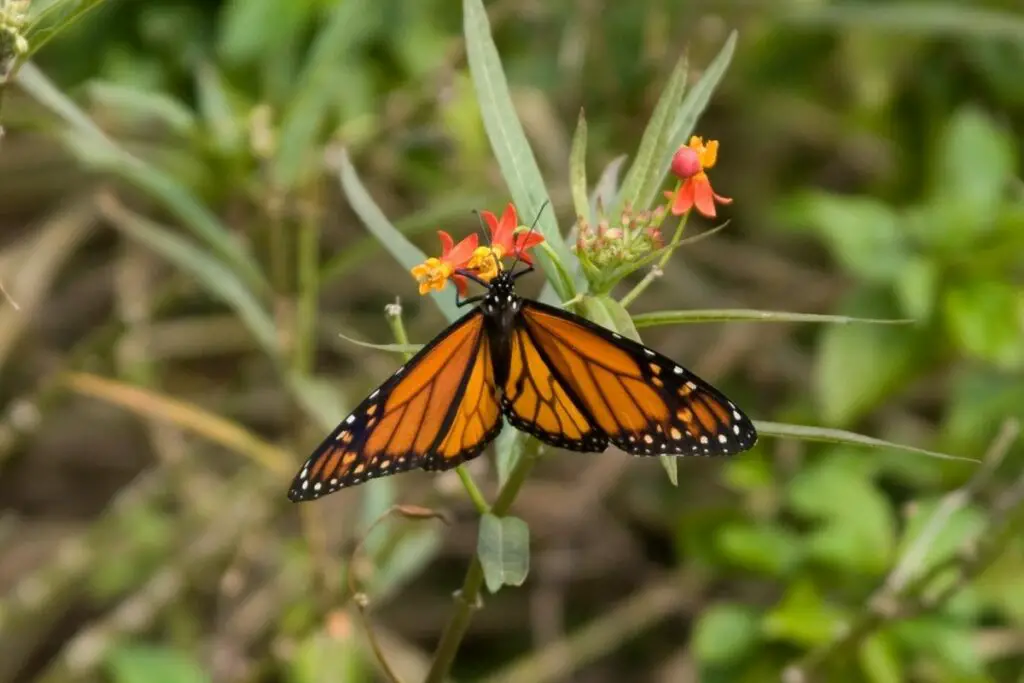
How Do Butterflies Act As Pest Control?
You might instead employ natural pest control, such as butterflies, instead of chemical fertilizers, damaging both the soil and the plants.
Butterflies also attract other creatures like birds, animals, reptiles, and other species which feed on butterflies and butterfly larvae.
In exchange, the birds, animals, and snakes will help keep pests at bay in your garden.
Do Butterflies Act As Environmental Indicators?
Because butterflies, like bees, are extremely sensitive to changes in their environment, they are a predictor of change in their ecosystems.
Before they become a problem, environmental scientists use butterflies to detect changes in the environment caused by toxins, warming, cooling, or anything else.
Disturbances To A Butterfly’s Habitat
Whether due to temperature, rainfall, or habitat degradation, a butterfly’s habitat changes can shift migratory patterns, or the time of year butterflies migrate.
Any of these changes will impact animals further up the food chain and can even prevent many plants from being appropriately pollinated or pests from spreading out of control.
Why Do Caterpillars Eat My Plants?
Caterpillars eat the leaves of plants to get energy and grow large enough to pupate or build a cocoon during the start of a butterfly’s life cycle.
Caterpillars consume in various ways that benefit trees and plants, including thinning them out before fall and eating seed pods and blossoms that help limit some plants from expanding or spreading out of hand.
What Educational Value Do Butterflies Provide?
Butterflies are educational. Their overall lifecycle transformation from egg to caterpillar to chrysalis to butterfly is an excellent teaching tool.
Schoolchildren frequently study them as an introduction to nature’s beauties.
Butterflies provide delight and relaxation to people who view them and a sense of enjoyment and amusement.
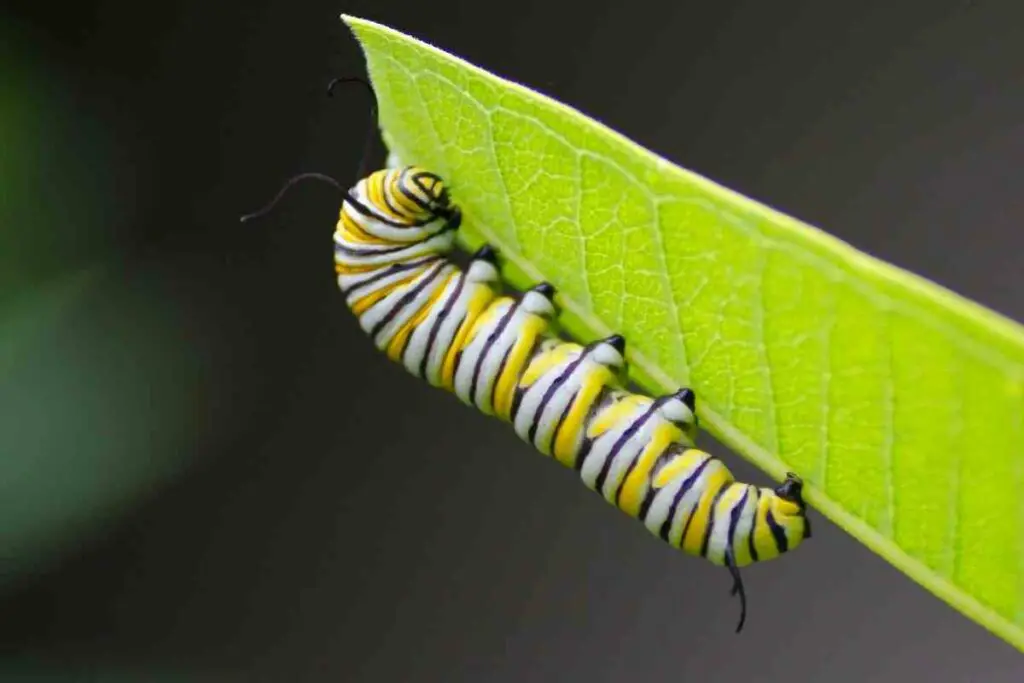
Are Butterflies Good For Your Mental Health?
Naturalist Sir David Attenborough believes that spending time in nature is beneficial to our mental health, even if it is only viewing butterflies in a backyard garden.
Even just viewing them can be good for our health. According to research, seeing animals and spending time in nature can positively impact one’s mental health and well-being.
Which Plants Attract Butterflies?
Butterflies need specific plants to reproduce and to lay their eggs on. Therefore, anybody who wants to attract more butterflies to their yard should investigate what plants butterflies in their region require and plant those specific natural grasses, perennials, shrubs, and trees, as well as developed variants.
For example, while milkweed is the sole plant ingested by monarch caterpillars, the pawpaw tree is a food source for the zebra swallowtail caterpillar.
Adult butterflies are fed nectar plants such as lantana and zinnia.
What Can You Put Out In Your Garden To Attract Butterflies?
Ornamental and fruit tree blooms, primulas, violets, muscari, chives, geraniums, achillea, umbels, nepeta, salvias, Japanese anemones, autumn crocuses, rudbeckias, dahlias, hellebores, and sarcococca are all excellent choices for a variety of pollinators throughout the year.
Lavenders, attract a diverse range of insects, including many butterflies and hoverflies, as well as a higher proportion of bumblebees to honeybees.
Preferred Butterfly Habitats
Except for the arctic, butterflies can be found all around the earth. Almost everywhere, there are nectar-producing flowers; butterflies tend to be abundant.
Some species dwell in deserts and feed on succulent plants that thrive in harsh environments.
However, in terms of your garden, it is best to keep in mind wildflowers grow in rolling meadows, pastures, and heathland, which provide the ideal environment for butterflies and moths.
How To Attract Butterflies Without Flowers?
Creating a Butterfly watering area is the most straightforward technique to attract butterflies without using plants.
As butterflies like full sunlight, add a birdbath with some pebbles in the sunny regions of your yard for them to utilize as a landing point. Try sprinkling some flat rocks in your garden’s sunny locations as well.









